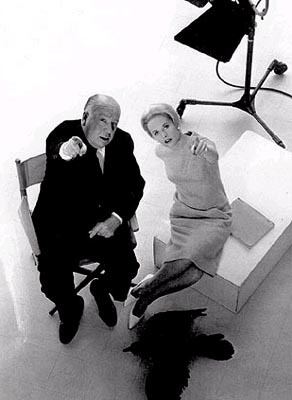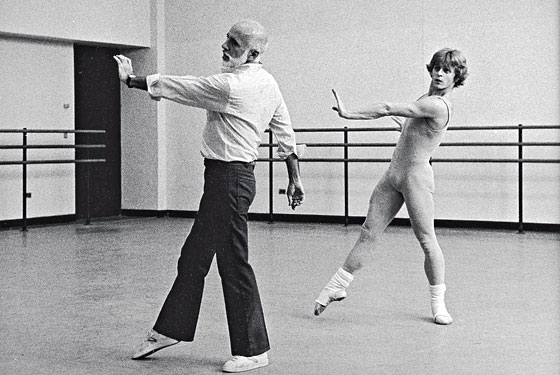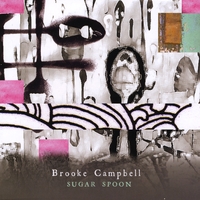JANUARY 11 Mrs. T and I reluctantly parted company at the Miami airport, she to spend a few days at a yoga retreat in the Bahamas and I to return to New York City for a week. My first order of business was to do my laundry and speak at Dick Sudhalter’s memorial concert and a retirement dinner for Neal Kozodoy, the outgoing editor of Commentary, where I shared a podium with Bill Bennett, David Brooks, Bill Kristol, and Norman Podhoretz. (Do not adjust your set!) These two events took place simultaneously in different locations, but I managed to get from one to the other and deliver both speeches without bruising myself too badly.
 John Podhoretz, who is replacing Neal at Commentary, used the occasion to announce that as of next month’s issue, I will cease to be the magazine’s music critic, a post I’ve held since 1995, and become its chief culture critic, a title that was created by John especially for me. I’ll continue to write about music from time to time as part of my revised portfolio, but my first three pieces under the new dispensation will be about Alfred Hitchcock, Flannery O’Connor, and William Inge. That ought to keep everyone guessing!
John Podhoretz, who is replacing Neal at Commentary, used the occasion to announce that as of next month’s issue, I will cease to be the magazine’s music critic, a post I’ve held since 1995, and become its chief culture critic, a title that was created by John especially for me. I’ll continue to write about music from time to time as part of my revised portfolio, but my first three pieces under the new dispensation will be about Alfred Hitchcock, Flannery O’Connor, and William Inge. That ought to keep everyone guessing!
JANUARY 16 I spent the rest of my week in New York seeing plays by Anton Chekhov and Richard Greenberg, writing three Wall Street Journal columns, sifting through my accumulated snail mail, tinkering with Pops: The Life of Louis Armstrong, and attending a screening of Something to Dance About, the upcoming PBS documentary on Jerome Robbins.
 Watching the Robbins documentary proved to be an intensely nostalgic experience for me, much more so than I’d expected. The beginning of my involvement in ballet dates from the final years of Robbins’ life. The first piece I ever wrote about dance was an essay about Jerome Robbins’ Broadway that appeared in The New Dance Review in 1990. Eight years later I wrote his obituary for Time. In between I covered the premieres of his last few ballets for the New York Daily News, one of which, A Suite of Dances, figures prominently in Something to Dance About. Of late, though, I’ve drifted away from the world of ballet, and the last dance performance of any consequence that I attended in Manhattan, Kyra Nichols’ farewell, took place in June of 2007.
Watching the Robbins documentary proved to be an intensely nostalgic experience for me, much more so than I’d expected. The beginning of my involvement in ballet dates from the final years of Robbins’ life. The first piece I ever wrote about dance was an essay about Jerome Robbins’ Broadway that appeared in The New Dance Review in 1990. Eight years later I wrote his obituary for Time. In between I covered the premieres of his last few ballets for the New York Daily News, one of which, A Suite of Dances, figures prominently in Something to Dance About. Of late, though, I’ve drifted away from the world of ballet, and the last dance performance of any consequence that I attended in Manhattan, Kyra Nichols’ farewell, took place in June of 2007.
It felt strange to find myself in a roomful of balletomanes for the first time in a year and a half, and stranger still to see Robbins up on the screen, looking just the way he did when I sat three seats away from him at the premiere of New York City Ballet’s revival of Les Noces in 1998. As I wrote in Time two months later:
The once vital choreographer had grown frail, but his snow-white beard still glowed like a beacon, and when the dance was over, he made his careful way to center stage, hobbled by age and illness but radiating undimmed authority. More than a few onlookers wept, knowing that the golden age of ballet–the starlit century of Serge Diaghilev, George Balanchine, Antony Tudor, Sir Frederick Ashton and Jerome Robbins–was drawing at last to a close.
All at once I remembered the inscription on a refrigerator magnet owned by a friend of mine: “Time Flies, Whether You’re Having Fun or Not.”
 JANUARY 17 Lunch with Brooke Campbell, a singer-songwriter in whose music I took an interest last year. (She has a new CD out called Sugar Spoon.) She turned out to be a soft-spoken, slightly shy young woman with a North Carolina accent that reminded me of home. The two of us passed a pleasant hour trading musical notes (we both like Aimee Mann, Nickel Creek, and Jonatha Brooke). She played me a song by Rachel Taylor, whose latest CD I ordered as soon as I got home, and I in turn suggested that she check out Erin McKeown.
JANUARY 17 Lunch with Brooke Campbell, a singer-songwriter in whose music I took an interest last year. (She has a new CD out called Sugar Spoon.) She turned out to be a soft-spoken, slightly shy young woman with a North Carolina accent that reminded me of home. The two of us passed a pleasant hour trading musical notes (we both like Aimee Mann, Nickel Creek, and Jonatha Brooke). She played me a song by Rachel Taylor, whose latest CD I ordered as soon as I got home, and I in turn suggested that she check out Erin McKeown.
Brooke’s guitar playing is so harmonically rich and resourceful that I took it for granted that she had musical training. Very much to my surprise, she told me that she’d started playing guitar and writing songs at the age of twenty-one, having previously done nothing more challenging than sing in a church choir. This reminded me of the Mutant, my jazz-singing friend who decided one fine day to take up painting and a month later produced a canvas that reminded me of Hans Hofmann (it hangs over my bookshelves).
Repeat after me: life is unfair.
(To be continued)
